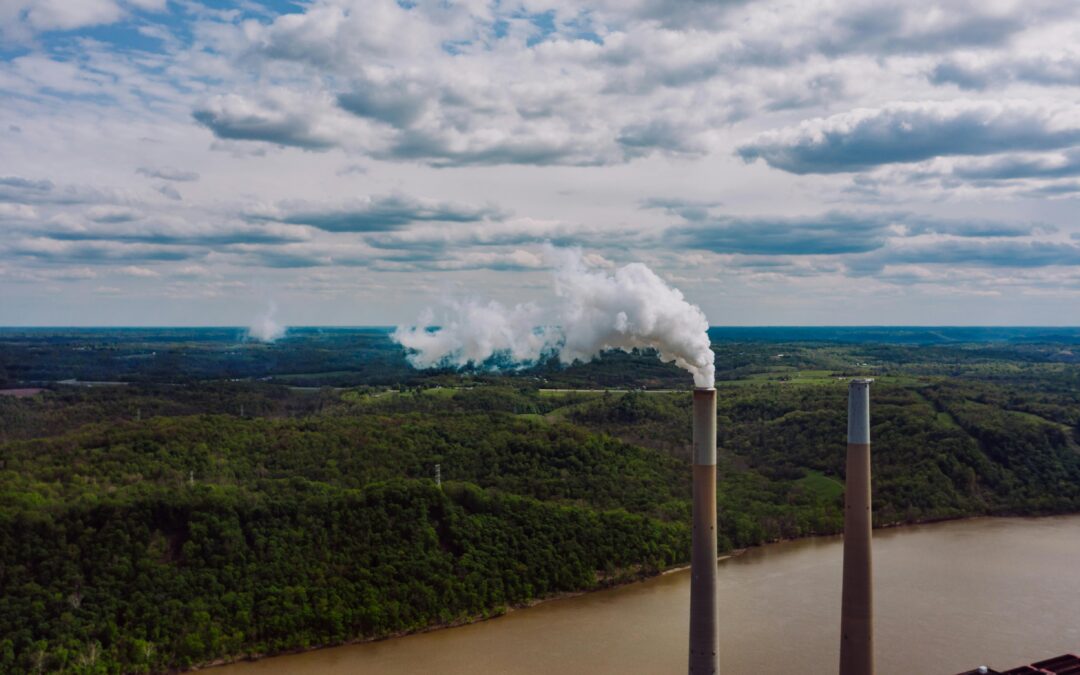Some facilities use toxic gas, such as ammonia, during their production processes. In such cases, a Shelter-in-Place (SIP) procedure may be required on site. SIP is one part of the emergency response plan that allows people to stay indoors rather than evacuating in the event of a toxic gas leak or release, providing protection from hazardous chemical exposure for people.
A SIP must be equipped with several specific devices. Windows and doors should be able to be sealed quickly to prevent toxic gas from entering the SIP. The ventilation system must be able to be shut down to stop contaminated air from circulating inside. There should be communicate devices that enable to contact with the authorities to report the situation and receive instructions. First aid kits must be available, and specialized gas masks with filters should be provided. Essential supplies, such as food and drinking water, should be available. Additionally, devices such as radios, TVs or mobile phones should be used to receive external updates and determine when it is safe to exit.
Personnel must be trained in SIP procedures. They should be knowledgeable about when and how to initiate the SIP, how to seal the windows and doors, and how to shut down the ventilation system. At the same time, they must be able to provide first aid to those in need and correctly use the gas masks. They are also responsible for communicating with authorities to decide the appropriate time to leave the shelter.
The number of people who can stay in a SIP during a toxic gas release must be accurately calculated. Exceeding the safe limit of people within the SIP could deplete oxygen levels, making it uncomfortable or unsafe for occupants.
SIP is only one of many emergency response plans that sites can employ. If you have any questions on emergency response plans or any other health and safety queries, please reach out to our team of consultants here.

